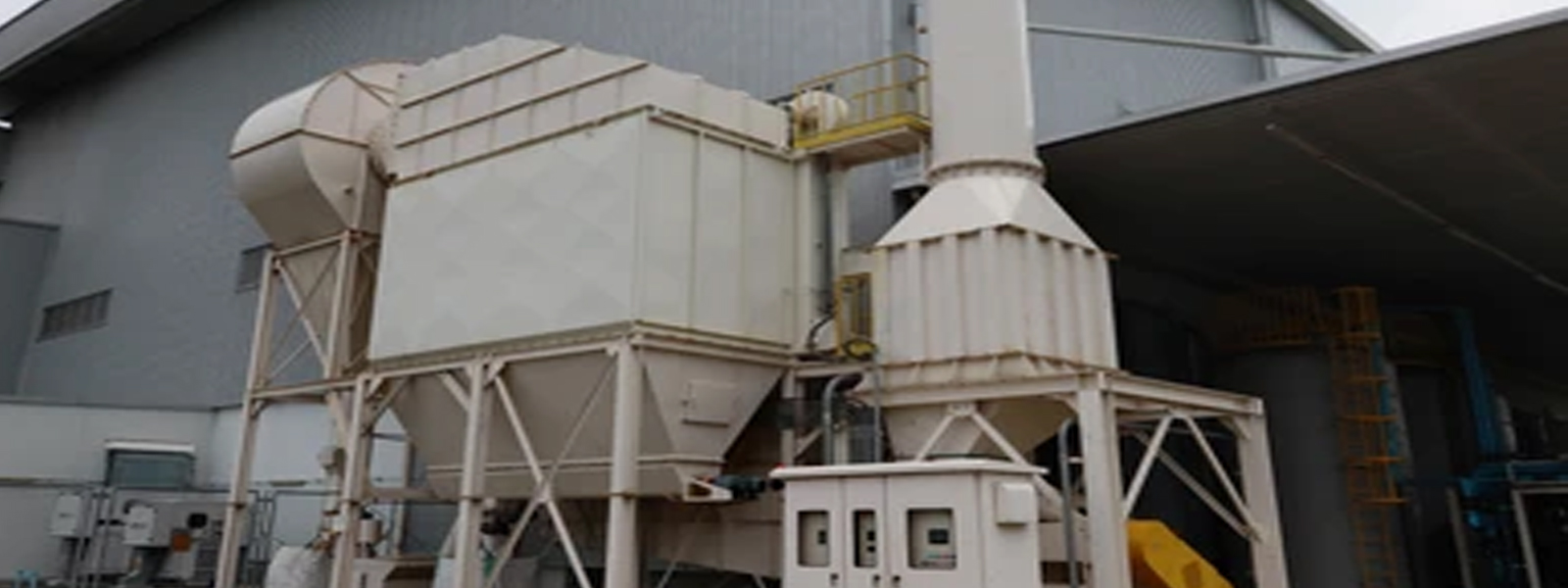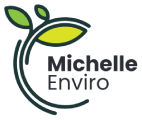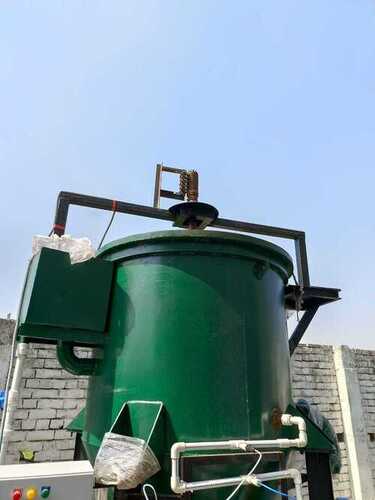
Dissolved Air Floatation DAF
Product Details:
Dissolved Air Floatation DAF Price And Quantity
- 1 Piece
- 500000.0 INR/Plant
Dissolved Air Floatation DAF Trade Information
- Paypal, Cheque, Cash Against Delivery (CAD)
- 1 Piece Per Day
- 7 Days
- All India
Product Description
Dissolved Air Flotation (DAF) is a water treatment process used to remove suspended solids, oils, greases, and other contaminants from wastewater. It is widely used in industrial and municipal wastewater treatment, especially where high levels of fats, oils, and grease (FOG) or fine solids are present.
The DAF process works by dissolving air into water under pressure and then releasing it at atmospheric pressure in a flotation tank. As the pressure is released, tiny air bubbles form and attach to particles in the wastewater. These air-particle aggregates become buoyant and float to the surface, where they are removed by a mechanical skimming device. The clarified water is then discharged from the bottom of the tank.
To improve performance, coagulants and flocculants are often added before the DAF unit. These chemicals help to bind fine particles together, making them easier for air bubbles to lift to the surface.
DAF is especially effective in treating wastewater from industries such as food processing, oil refining, pulp and paper, and slaughterhouses. It offers advantages like compact footprint, rapid operation, and high efficiency in removing contaminants that are difficult to settle by gravity.
The collected sludge or scum from the surface can be further treated or disposed of according to environmental regulations.
Overall, DAF is a reliable and efficient method for improving water quality before discharge or further treatment, helping industries comply with environmental standards and protect water bodies from pollution.

Price:
- 50
- 100
- 200
- 250
- 500
- 1000+




